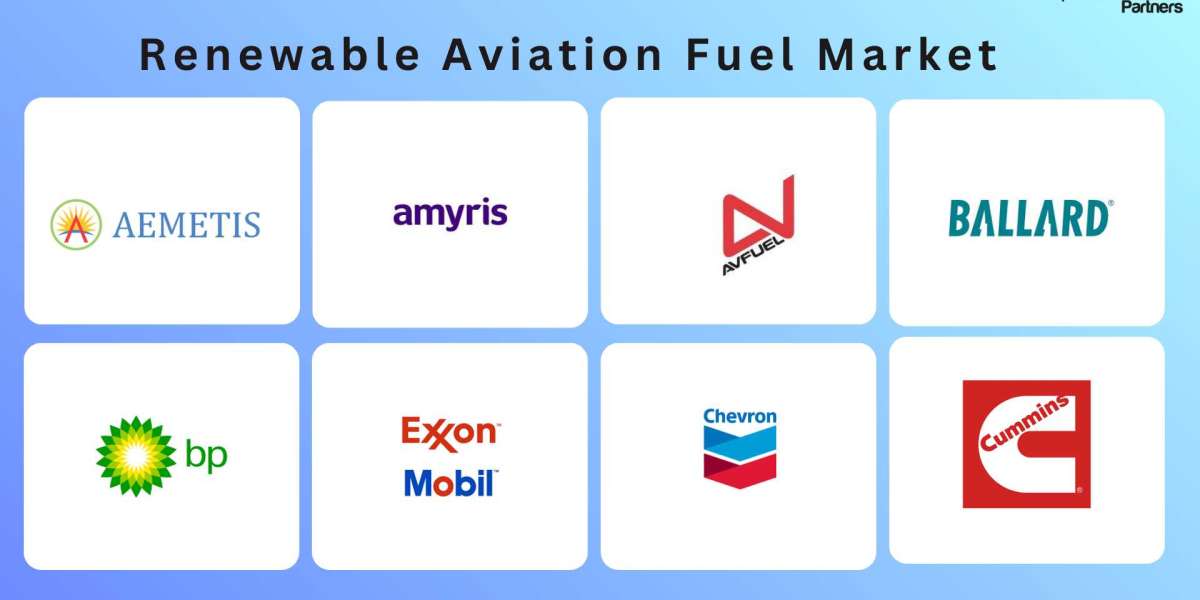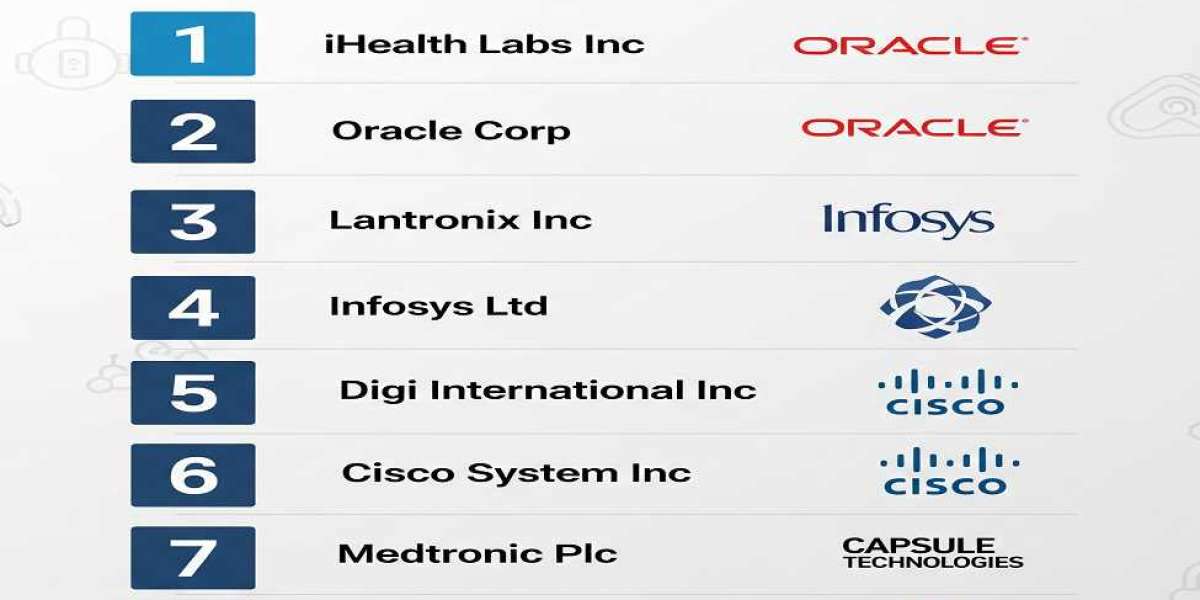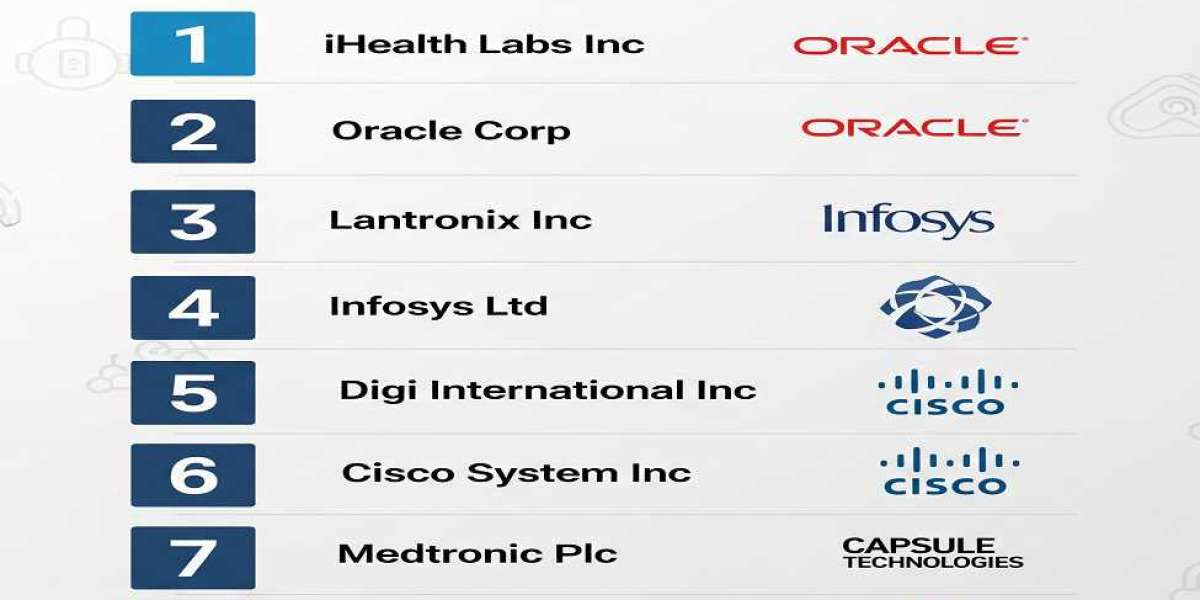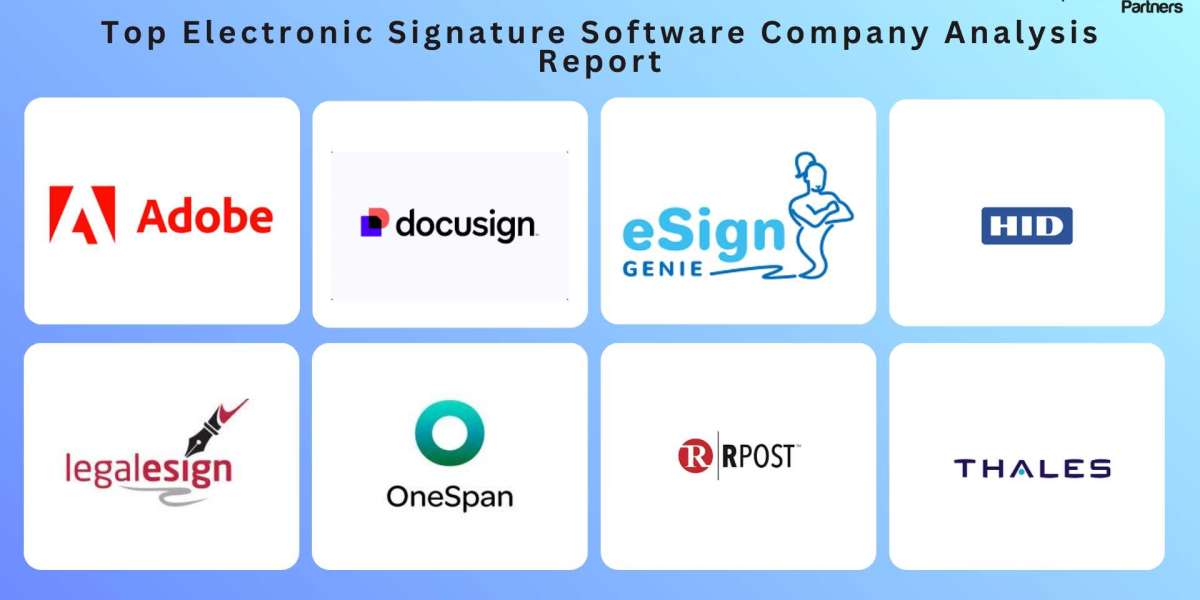The aviation industry, a crucial driver of global connectivity and commerce, faces immense pressure to decarbonize its operations. With conventional jet fuel being a significant contributor to greenhouse gas emissions, the Renewable Aviation Fuel (RAF) Market, also known as Sustainable Aviation Fuel (SAF), has emerged as a vital solution. This burgeoning sector is not merely an environmental necessity but a significant economic opportunity, poised for explosive growth in the coming years.
This unprecedented growth is primarily fueled by stringent government regulations and ambitious decarbonization targets. International bodies like ICAO with its CORSIA initiative, and regional mandates such as the EU's ReFuelEU Aviation, are compelling airlines to increase their SAF blending ratios. The US has also set ambitious targets to expand sustainable jet fuel production, aiming for 3 billion gallons per year by 2030. These policies, combined with increasing pressure from environmentally conscious consumers and corporate sustainability pledges from major airlines, are driving significant investment in SAF production and adoption.
By fuel type, biofuels, particularly those derived from hydroprocessed esters and fatty acids (HEFA) like used cooking oil and animal fats, currently dominate the market. They are favored for their established production processes and compatibility with existing aircraft infrastructure, offering immediate emissions reductions. However, the market is diversifying, with significant RD in synthetic fuels (Power-to-Liquid or PtL), which convert green hydrogen and captured CO2 into kerosene, holding immense long-term potential for scalability. Alcohol-to-Jet (ATJ) pathways are also gaining traction due to their ability to utilize widely available alcohol feedstocks.
Geographically, North America currently leads the market, driven by a robust aviation sector, government incentives, and a mature research and development ecosystem. However, Asia Pacific is rapidly emerging as the fastest-growing region, fueled by expanding aviation industries and increasing focus on sustainable practices in countries like India and China.
Despite the promising outlook, significant challenges remain. The high production cost of SAF compared to conventional jet fuel is a major hurdle, often being two to four times more expensive. Limited feedstock availability and the need for massive infrastructure development for production and distribution also pose significant challenges. Nevertheless, continuous technological advancements, strategic partnerships between airlines and fuel producers, and supportive policy frameworks are crucial to overcoming these obstacles. Key players like Neste, TotalEnergies, Shell, and Gevo Inc. are at the forefront of this transformation, investing heavily to scale up production and drive down costs, ensuring that Renewable Aviation Fuel truly becomes the engine of a greener future for air travel.
Get Sample Report: https://www.theinsightpartners.com/sample/TIPRE00021227
Author's Bio:
Nilesh Shinde
Senior Market Research expert at The Insight Partners











